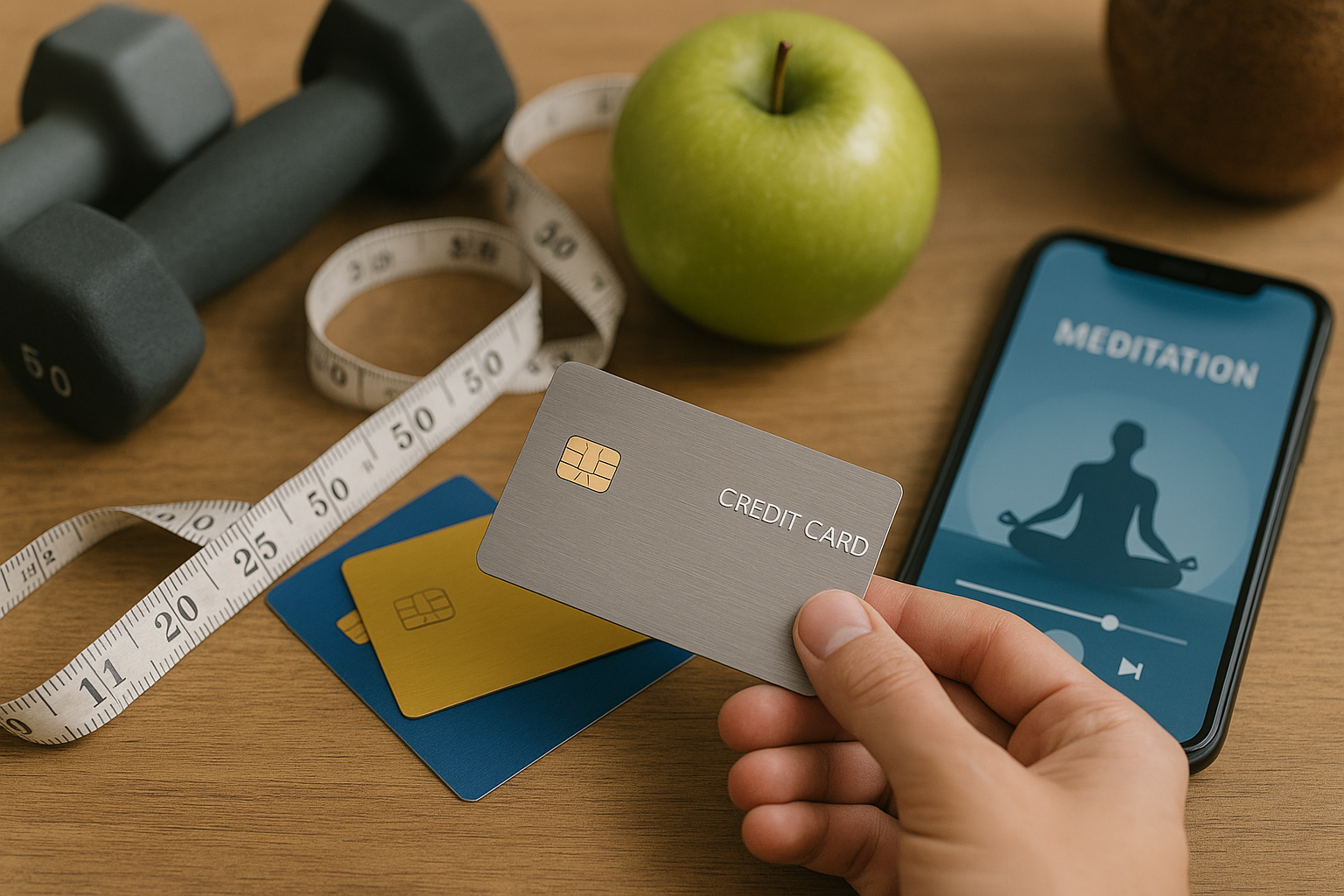Navigating the financial landscape as a young professional can feel overwhelming, especially when balancing new expenses, student loans, and long-term goals. A personal budget is not just a tool—it’s your compass for financial stability and independence. It provides a clear picture of where your money goes and allows you to set priorities aligned with your goals.
Building the habit of budgeting early in your career is essential for cultivating discipline. It’s about learning to make conscious choices that empower your financial health. A solid budget ensures you have the confidence to tackle unexpected expenses and the foresight to plan for the life you envision. Let’s explore how to craft one that fits your unique needs and aspirations.
Setting the foundation: tracking income and expenses

Budgeting starts with understanding your financial reality. The first step is to track your income and expenses. This practice reveals spending patterns, identifies unnecessary costs, and provides clarity on your financial habits.
Begin by listing your income sources. For most young professionals, this might include salaries, freelance work, or part-time gigs. Knowing exactly how much money you have coming in sets the stage for effective planning.
Next, review your expenses. Break them into categories such as fixed costs (rent, utilities, subscriptions) and variable expenses (groceries, dining out, entertainment). Using apps or spreadsheets can simplify this process, offering insights with minimal effort.
Young professionals often struggle with “invisible spending,” such as frequent small purchases that accumulate over time. Tracking your expenses diligently for at least a month can expose these habits. For example, cutting back on daily coffee runs or impulsive online shopping could free up funds for savings or other priorities.
Once your income and spending are clear, calculate your disposable income—what’s left after essentials are covered. This figure will guide your budgeting decisions. The key is to allocate your resources intentionally, ensuring that every dollar serves a purpose.
By laying this foundation, you’ll gain the clarity needed to implement actionable strategies. Remember, this isn’t about perfection but progress. Small adjustments now can lead to significant financial benefits later.
Smart saving strategies for financial security
Saving money can feel daunting, especially when you’re juggling multiple financial responsibilities. However, with a clear plan, it becomes a manageable—and even rewarding—habit. The golden rule of saving is to pay yourself first. Before covering expenses or indulging in discretionary spending, set aside a percentage of your income for savings.
Automating savings is one of the simplest and most effective methods. Most banks offer features that allow you to divert a portion of your paycheck into a savings account automatically. This approach eliminates the temptation to spend the money and helps you prioritize your financial goals effortlessly.
Establishing an emergency fund is critical for financial security. Aim to save at least three to six months’ worth of living expenses. This fund serves as a safety net during unexpected situations like medical emergencies, job loss, or car repairs.
Start small and build gradually—what matters most is consistency. For longer-term savings, consider opening accounts with specific goals in mind, such as retirement or a dream vacation. Diversifying your savings ensures you’re prepared for both immediate needs and future aspirations.
Finally, adopt a mindset of delayed gratification. Ask yourself if a purchase aligns with your goals before making it. These small shifts in behavior reinforce positive financial habits, paving the way for a more secure future. With a focus on saving, you’ll develop the confidence to face life’s uncertainties while working toward your dreams.
Managing debt wisely: strategies to stay on top
Debt management is a critical aspect of personal budgeting, especially for young professionals balancing student loans, credit cards, or personal loans. While debt can feel burdensome, proactive management ensures it doesn’t derail your financial progress. Start by listing all your debts, including their balances, interest rates, and minimum payments.
This inventory provides a comprehensive view of what you owe and helps you create a repayment plan. Next, prioritize your debts. High-interest debts, like credit cards, should typically take precedence. Paying these off first reduces the amount of interest you’ll pay over time, freeing up more funds for other priorities.
Consider strategies like the snowball or avalanche method. The snowball approach involves paying off the smallest debts first for psychological wins, while the avalanche method focuses on the highest-interest debts for maximum savings. Choose the approach that aligns with your motivation and financial situation.
Avoid accumulating new debt unless absolutely necessary. If you rely on credit cards, pay off the balance in full each month to avoid interest charges. For larger loans, explore refinancing options that may offer lower interest rates, reducing your monthly payments.
Debt doesn’t have to define your financial journey. By tackling it strategically, you’ll reclaim control and move closer to your goals. Balancing debt management with savings ensures you’re building a strong foundation while addressing past obligations.
Mastering spending: creating a flexible yet effective budget
A budget should be as dynamic as your lifestyle. Life evolves, and your spending plan should adapt accordingly. Once you’ve tracked your income and expenses, it’s time to create a budget that aligns with your goals and values. The 50/30/20 rule is a popular framework for budgeting.
Allocate 50% of your income to needs (essentials like housing and groceries), 30% to wants (non-essential but enjoyable expenses), and 20% to savings or debt repayment. While this rule is a helpful guideline, feel free to adjust the percentages based on your unique circumstances.
Flexibility is key to a sustainable budget. Allow room for occasional indulgences without guilt. For instance, if you overspend on dining out one month, compensate by cutting back in another area the next month.
This approach ensures balance without fostering feelings of deprivation. Regularly review and adjust your budget. Changes in income, expenses, or goals require updates to your plan. Monthly check-ins allow you to track progress and make informed decisions.
Technology can be your ally here. Budgeting apps provide real-time insights into your spending and help you stay on track with minimal effort. These tools are particularly useful for young professionals navigating busy schedules.
Remember, a budget isn’t a restriction—it’s a reflection of your priorities. By mastering spending habits, you’ll gain the financial freedom to focus on what truly matters, whether that’s building wealth, pursuing passions, or enjoying life’s moments.





